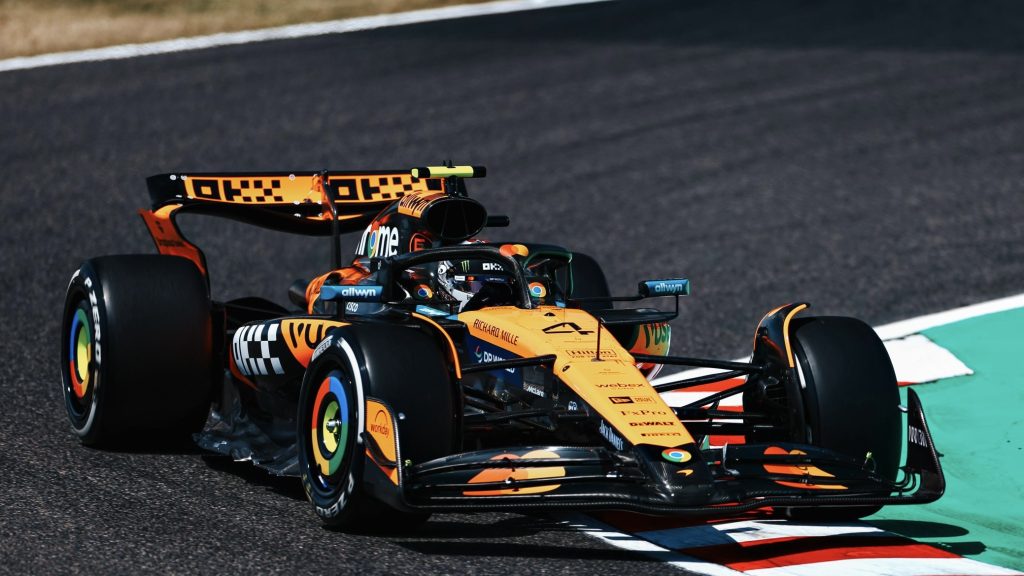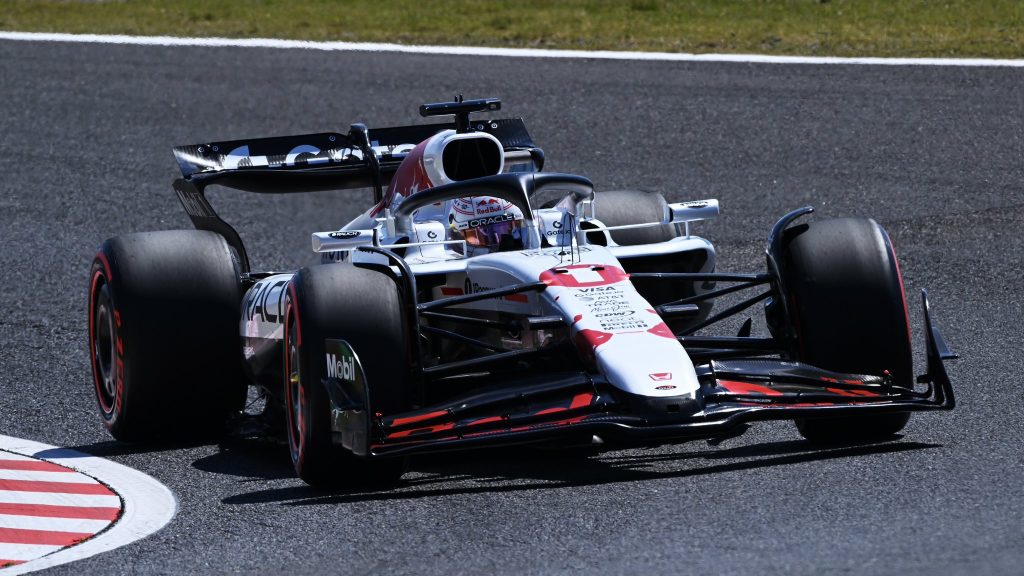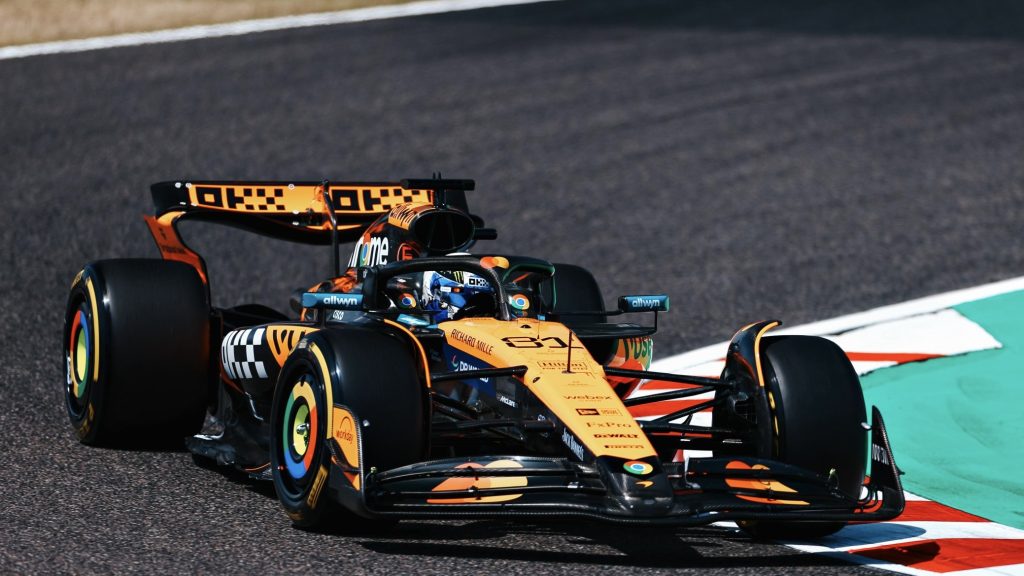Few drivers actually tried the race simulation due to the numerous red flags that have marked this weekend.
Since FP2 was marked by four red flags due to Jack Doohan’s violent crash in turn 1 with his Alpine, Fernando Alonso’s spin in turn 8, and piles of grass catching fire twice, the teams didn’t focus on race pace simulations. Instead, all teams preferred to perform a qualifying simulation, where the fastest were the McLarens, with Oscar Piastri ahead of Lando Norris by just 49 thousandths.
The first factor to consider this weekend is definitely tire degradation, as the Suzuka circuit has always been tough on tires due to the numerous high-load corners. In fact, in 2024, all drivers made two pit stops, with the Medium-Medium-Hard tire sequence being the most used. However, Mario Isola, Pirelli Motorsport director, stated in an interview with Sky Sport F1 that the degradation is lower than expected, and therefore teams might try a one-stop strategy.

As in the previous season, Pirelli has chosen to bring the hardest available compounds, namely C1, debuting this season, C2, and C3, which correspond to Hard, Medium, and Soft. Additionally, the track has recently been resurfaced in the section from the exit of the final chicane to the end of the first sector, which adds extra stress to the tires.
Additionally, just like in 2024, the Japanese Grand Prix is taking place at the beginning of April, rather than in the autumn as in previous editions. Therefore, temperatures will be lower, making it more difficult to bring the tires up to temperature.
Finally, attention must be paid to the weather, especially after what happened in the season opener in Australia. On Sunday, a significant drop in temperatures and showers are expected in the morning, while during the race time, the sky should be cloudy with a small chance of rain.

Race pace analysis F1 Japan: here are the times!
In this morning’s FP3, most teams focused exclusively on the qualifying lap simulation, given the proximity to qualifying. Only Verstappen, Lawson, Ocon, Bearman, and Hulkenberg conducted an interesting race simulation. Therefore, let’s report all the race simulations carried out in FP1 and FP3.
McLaren is definitely the favorite to win the Japanese Grand Prix, with Lando Norris and Oscar Piastri having performed very consistent and fast race simulations in FP1, both on medium tires. Additionally, an interesting aspect is that both Norris and Piastri set their fastest laps in the final laps, indicating that tire degradation is not as high as expected.
George Russell is aiming for his third consecutive podium in this early part of the season: the English Mercedes driver completed 10 laps in FP1 with medium tires, with times very close to those of McLaren. On the other hand, our Andrea Kimi Antonelli, making his debut at the challenging Suzuka circuit in a Formula 1 car, has struggled a bit. The young Italian driver was quite far behind his teammate both in the qualifying simulation and the race simulation.
The Ferrari seems to be a bit further from McLaren, although Lewis Hamilton’s last lap in the race simulation, 1:33.092, still shows some good potential of the car, which wasn’t fully expressed in FP1.
Regarding this morning’s session, Max Verstappen’s race simulation, the only one among the top drivers to try hard tires, was interesting, especially considering the track conditions, which were poorly rubbered in the early minutes. During the weekend when Red Bull celebrates its partnership with Honda, the reigning world champion certainly won’t want to disappoint.
PHOTO: Mclaren F1 Team, Oracle Red Bull Racing, GPKingdom.

